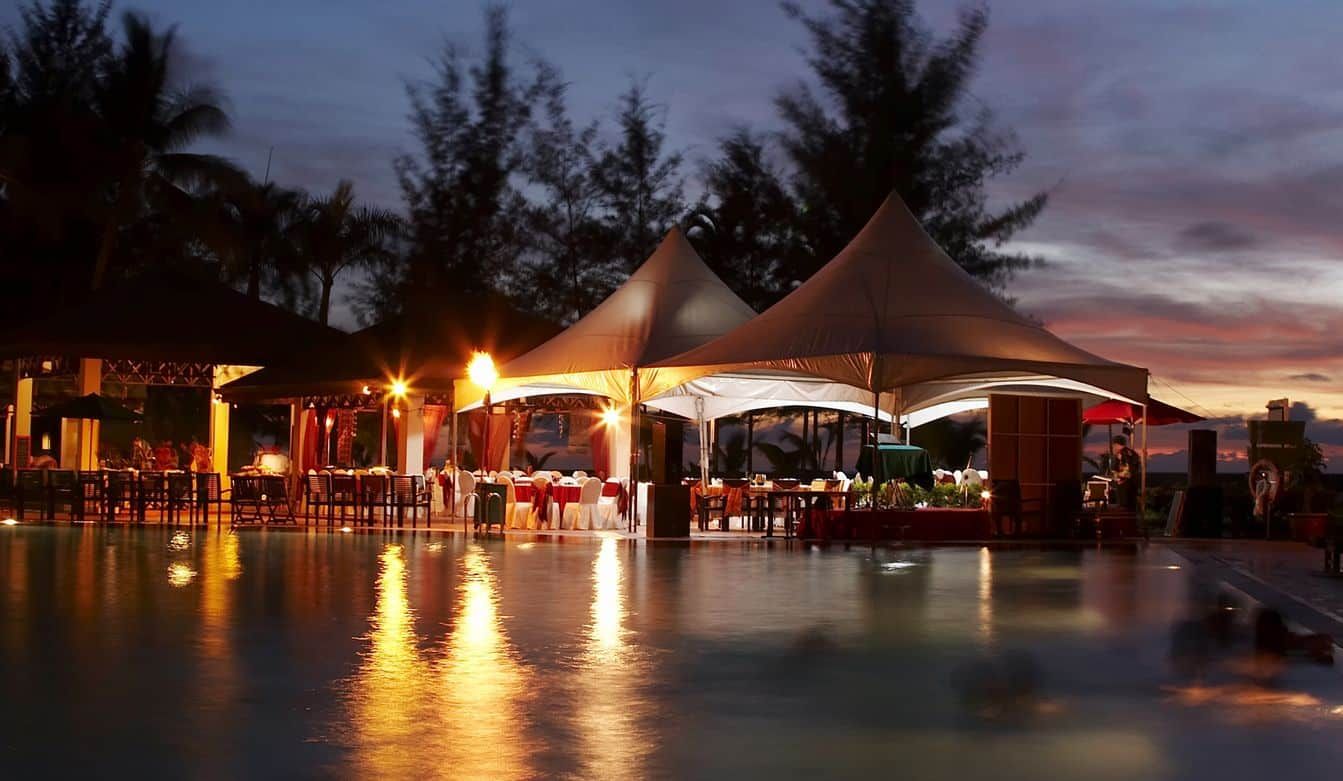
AV Terms That Every Event Planner Should Know
When you’re planning an event, you might come across a handful of seemingly confusing AV terms that Audio Visual rental companies in Orlando use. Many people use them interchangeably to refer to the same thing: “sound system.” However, some differences between the terms may affect your event planning decisions down the line or impact how well you can carry out tasks in the early stages of event planning.
Gobo
A gobo is a piece of metal with images or patterns cut out. You can also have glass gobos. Glass gobos can be made in multiple colors. Gobos can be created to cast shadows on the wall behind them, depending on the angle and distance from them to the wall. They can be used as a design element, such as decoration, casting specific shadows to create a particular effect.
Bandwidth
Bandwidth is the amount of data that can be sent through a certain connection. So, if you are hosting an event online and streaming your video feed, but it keeps buffering or freezing up, this is because there’s inadequate upload bandwidth available for all the viewers you were trying to accommodate. External attendees viewing the live stream utilize download bandwidth to watch the stream. Both are important for your virtual events success.
Rigging
Rigging is the process of securing equipment and other items on a platform. For example, if you are doing an event in a ballroom or in a convention center, you may choose to rig your overhead video wall or line array sound system, for optimal viewing for your audience.
Stage Wash
Stage wash is a term used to refer to lighting that hits the stage directly. Suppose you are hosting an event in a small room with very little light but want your guests to see the action on stage. In that case, this type of lighting may help provide better visibility without requiring too much wattage or making it difficult for people in the back of the room to see whats happening on a dark stage.
Crossover Frequency
The crossover frequency, also known as a crossover, determines which frequencies are sent through which speakers. Suppose you have multiple speakers that can be controlled independently for volume and tone to provide different sound experiences at varying locations. In that case, this is where you would set the crossover frequency to ensure that bass tones are not being sent through speakers meant for treble.
Mixer
A mixer is used to mix sound inputs. You need a high-quality mixer if you are hosting an event with multiple microphones that need to be mixed together so they can all be heard clearly by the audience at different locations. It is recommended that you hire one of our technicians to operate this mixer.
Switcher
As the name suggests, a switcher is used to switch between different inputs. If you want guests to see behind-the-scenes footage alongside video from your main camera feed that’s broadcasting everything happening live, a switcher will allow you to do that without much lag time switching between them both.
Codec
A codec is a piece of software used to compress data to be transmitted in smaller chunks. Suppose you have set up your video feed online for guests at home or around the world to watch live but need to use both wired internet connection as well as wireless to accommodate all viewers without causing too much lag time in data transmission. In that case, a codec can compress the video feed to get through without taking too long. The best codecs for HD video content is .H264 or .H265 with a .mp4 wrap. Feel free to reach out to GSE AV for any of your HD production needs.
Conclusion
Whether you are an event planner or a guest who plans to host a small gathering, these AV terms should help you understand the available options. If you’re still unsure about any of these AV terms, don’t hesitate to ask us for help!